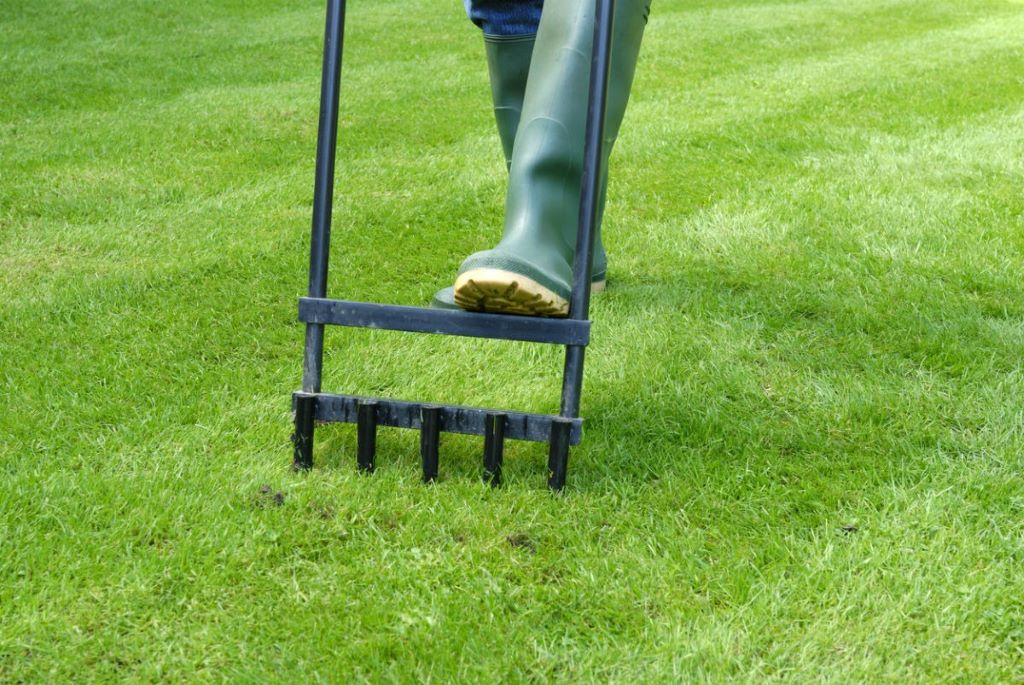These Plants Are Great in a Kitchen
Many houseplants enjoy the warm, humid conditions kitchens often provide, and some species thrive particularly well on your windowsills, counter tops and shelves. Here are our six favourite plants to grow in the kitchen.
1. Moth Orchid
The moth orchid is one of the most popular indoor plants. Native to Southeast Asia and parts of Australia, this orchid loves humidity, making it well suited for kitchens. Its flowers, often white, pink or purple, can last for several months with proper care. Moth orchids grow best in indirect light and don’t require much water – usually just a small drink once a week.
2. African Violets
Although commonly referred to as African violets, many of the plants found in kitchens today actually belong to the Streptocarpus genus. These compact flowers grow well on sunny windowsills, where they can reach gentle morning light. Most varieties stay under 12 inches in height, making them a perfect fit for small pots during a kitchen refurbishment, where counter space may be temporarily limited.
3. Peace Lily
A peace lily thrives in indirect light and can even tolerate lower light conditions, which is helpful if your kitchen doesn’t get much sun. It prefers moist soil but doesn’t like to sit in water. Peace lilies also signal when they need a drink – drooping slightly and then springing back after watering.
4. Begonia Rex
The Begonia Rex has leaves that come in shades of red, silver, purple and green with striking patterns and textures. After a kitchen refurbishment from thekitchenrefurbishmentcompany.co.uk, a Begonia Rex can introduce some bold colour and personality to your kitchen.
5. The Boston Fern
The Boston fern is a classic indoor plant with long, arching fronds. Boston ferns can grow quite large – up to three feet across if well cared for – so they’re best placed where they can stretch out without getting in the way.
6. Maidenhair Fern
Maidenhair Ferns like constant moisture. This fern prefers filtered light and cannot tolerate dry air . Placing one near a kettle or stove, where steam rises, can work wonders.





